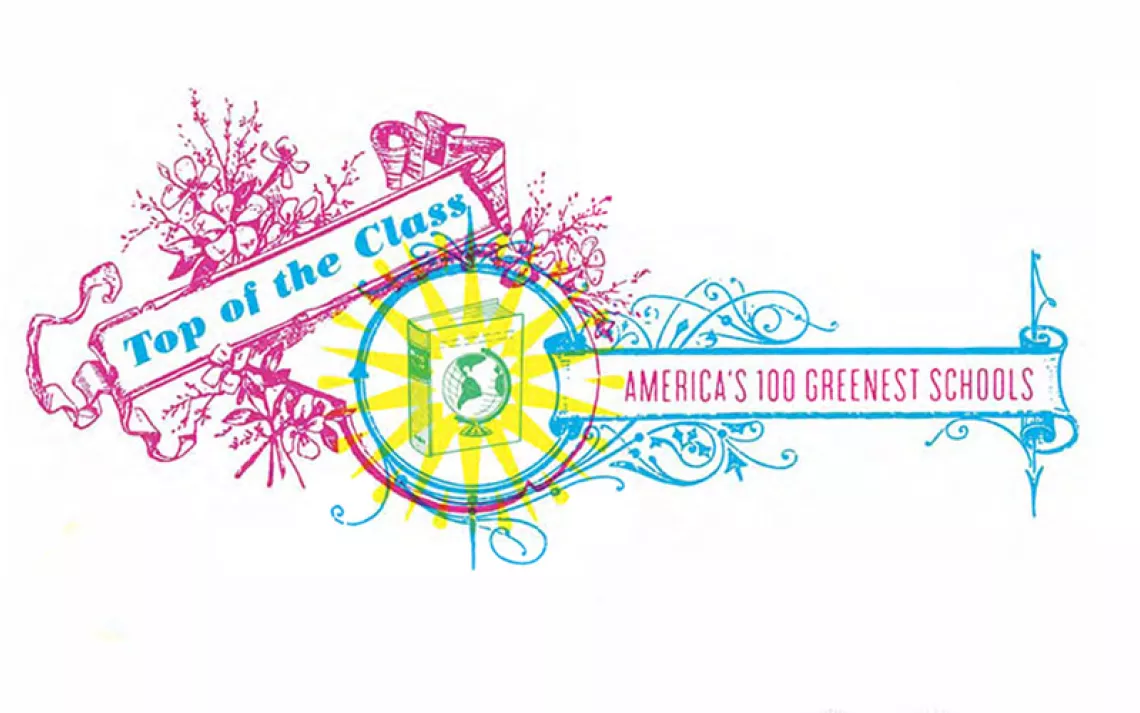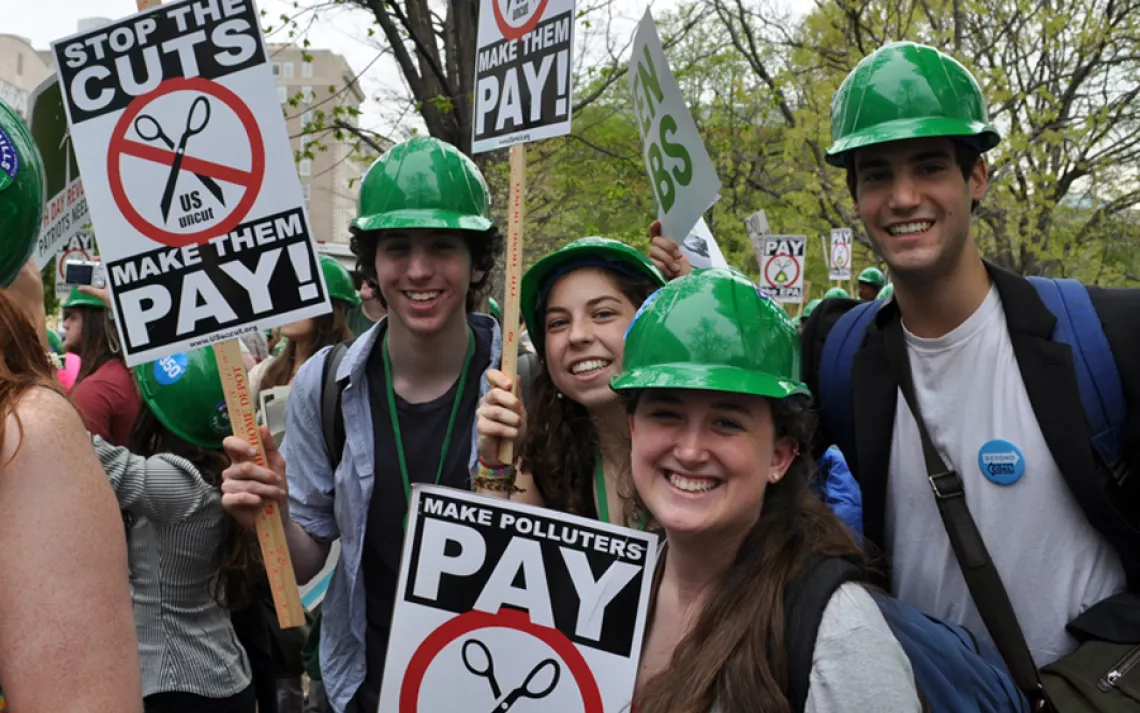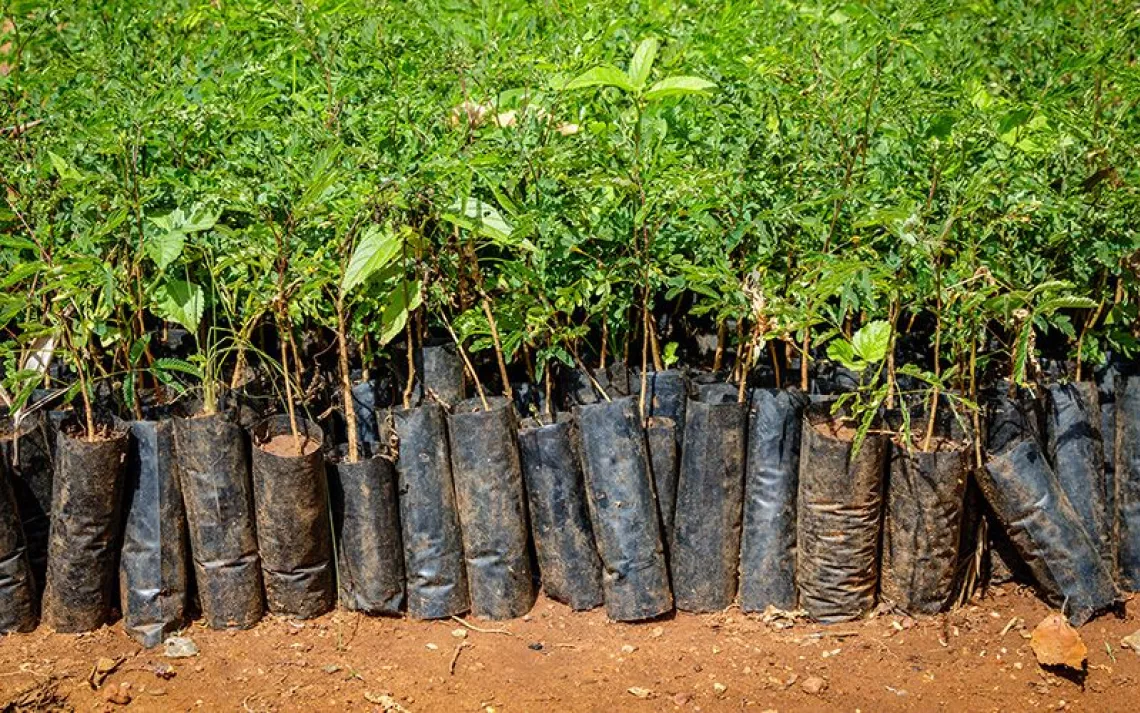Do Green Schools Matter?
Campuses are more focused on sustainability than ever. But what happens when students graduate?

Sierra has been ranking America's greenest colleges for seven years now, so we know what a difference a campus can make.
With each "Cool Schools" issue sent to press, we are reminded that LEED-certified buildings equipped with low-flow toilets and stocked with recycling bins push carbon dioxide levels lower and keep reservoirs fuller, landfills emptier, and trees standing longer.
But what of the students? The most powerful renewable energy resource these campuses generate is freshly educated young people. And colleges crow that instilling eco-literacy--teaching youths about the state of our planet--will put us on the right path. Will it, though?
We set out to find out, and it looks like the answer is yes.
Only a few universities actually gauge whether their environmental curriculum makes a difference after students graduate. But the anecdotal evidence is heartening: Story after story confirms that the environmentalism surrounding students during college sticks with them.
A single class or professor can turn a life verdant. Spending four years in a place that grows its own organic food, runs on alternative energy, composts, limits cars, and pursues goals like becoming carbon-neutral or zero-waste leaves an imprint. Meanwhile, community colleges and vocational schools are bulking up the green-collar workforce.
Of course, it's easier to measure bricks and mortar than hearts and minds, so our ranking remains focused on the more quantifiable aspects of how schools operate. This year's list is the result of an extensive questionnaire that asks about everything from where a campus gets its energy to whether its landscapers use native plants and its cafeterias offer recycled napkins.
We got responses from 162 qualified schools, then crunched the numbers. A perfect score would have been 1,000. Our top-ranked school netted 850, proving that even the nation's best has room to improve.
Click here to see this year's list of winners, then keep reading to learn more about how universities are shaping tomorrow's environmental citizens, workers, and leaders.
 The Magazine of The Sierra Club
The Magazine of The Sierra Club







